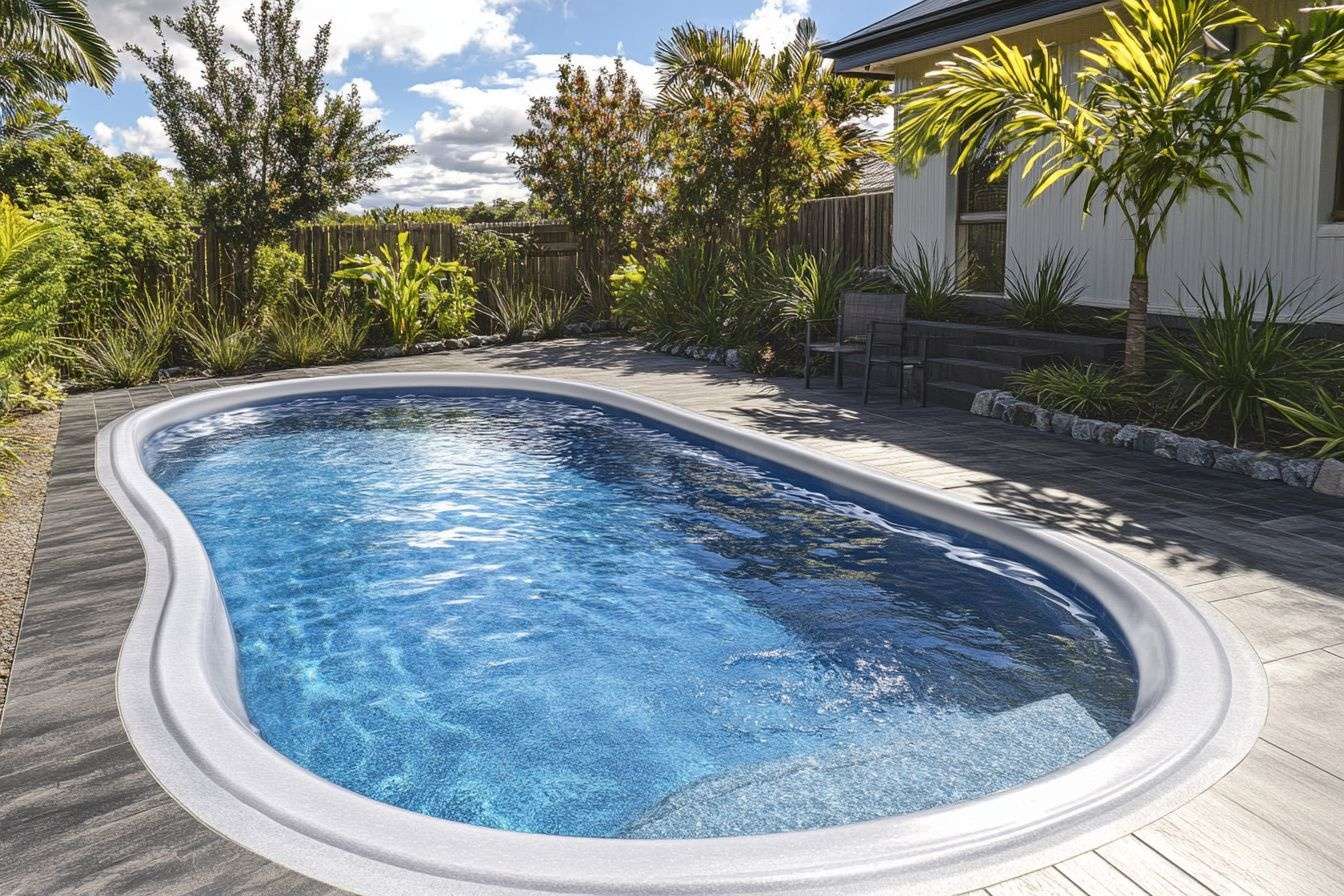Complete Pool Installation & Maintenance Guide 2025
Transform your backyard into a safe, inviting oasis with this comprehensive pool guide. Learn how to choose the right pool type, understand installation timelines and costs, and master routine maintenance—from weekly water tests to energy-saving upgrades—so your pool stays clean, efficient, and ready for fun.

A backyard pool can become the centerpiece of outdoor living, offering recreation, relaxation, and a gathering spot for family and friends. Whether you are planning a new installation or want to keep an existing pool in top shape, understanding the practical steps for upkeep, safety, and energy management will protect your investment and enhance enjoyment for years to come.
Essential Pool Maintenance Requirements
Consistent maintenance is the cornerstone of safe, clear water and long-lasting equipment. Daily or weekly chores prevent algae, scale buildup, and mechanical failure. Typical tasks include removing floating debris with a skimmer, vacuuming the pool floor, scrubbing surfaces and tile lines, and emptying skimmer baskets. Filters should be checked and cleaned according to the manufacturer’s schedule; some systems require regular backwashing, while cartridge filters need periodic rinsing and replacement.
Water chemistry must be monitored regularly. Test your pool at least once a week for pH, free chlorine, and total alkalinity; increase frequency during heavy use, hot weather, or after storms. Inspect pumps, heaters, and automatic cleaners for proper operation and address leaks, strange noises, or flow issues promptly. Seasonal duties—such as winterizing in colder climates or opening procedures in spring—also play a big role in preventing costly repairs.
Creating the Perfect Backyard Pool Environment
A thoughtfully designed pool area balances safety, comfort, and curb appeal. Choose decking materials with slip-resistant textures and plan ample seating and shade for conversation and sun protection. Proper lighting, both in-pool and around the yard, improves ambiance and extends usable hours after dark.
Landscaping can enhance privacy and atmosphere, but select plants that minimize debris and root damage. Integrate hedges, potted plants, or hardscaping to frame the pool without introducing excessive leaves or pollen. For households with children or pets, safety features are non-negotiable: secure fencing, self-closing gates, pool covers, and alarm systems reduce the risk of accidents. Consider covered storage for chemicals and equipment to protect them from the elements and curious hands.
Pool Installation Costs and Considerations
| Pool Type | Average Cost Range | Installation Time |
|---|---|---|
| Inground Concrete | $50,000 - $100,000 | 8-12 weeks |
| Inground Fiberglass | $45,000 - $85,000 | 3-6 weeks |
| Above-Ground | $1,500 - $15,000 | 1-3 days |
| Semi-Inground | $25,000 - $45,000 | 4-8 weeks |
Prices, rates, or cost estimates mentioned are based on the latest available information but may change over time. Independent research is advised before making financial decisions.
Water Quality and Chemical Balance
Clear, sanitary water requires stable chemistry and reliable filtration. Aim to keep pH between 7.2 and 7.6 to protect swimmers and equipment; pH outside this window can cause irritation and accelerate corrosion or scale. Maintain free chlorine levels around 1 to 3 parts per million to control bacteria and algae. Total alkalinity helps buffer pH fluctuations and should be kept within your pool’s recommended range.
Frequent testing—using test strips, liquid kits, or digital testers—allows timely adjustments. Shock treatments address cloudy water or after heavy use. For convenience and consistency, many owners install automatic chemical feeders or salt chlorine generators, which reduce manual dosing and stabilize levels. Always store and handle chemicals safely and follow label instructions.
Energy Efficiency and Cost Management
Reducing operating expenses is possible with a few targeted upgrades. Variable-speed pumps use far less electricity than single-speed models and can be programmed for efficient circulation cycles. LED pool lights consume minimal power and last longer than conventional bulbs. Solar heating or heat pumps can extend the swimming season while cutting fuel or electricity costs.
Simple behavior changes also help: use a quality pool cover to retain heat and lower evaporation, which reduces the need for make-up water and chemicals. Run pumps during off-peak electricity hours if your utility offers lower rates. Regular maintenance—clean filters, correct chemical balance, and timely repairs—keeps systems running efficiently and avoids expensive emergency replacements.
Final Considerations
Owning a pool involves upfront investment and ongoing care, but thoughtful planning pays off in safety, enjoyment, and long-term savings. Choose the pool type that fits your budget and lifestyle, prioritize water quality and routine maintenance, and consider energy-efficient upgrades to reduce operating costs. With a smart approach to design, chemicals, and equipment, your pool can remain a healthy, attractive centerpiece for years to come.
This article provides general information to guide pool owners and prospective buyers. For customized advice, obtain quotes from licensed contractors and consult pool professionals when addressing complex repairs or system upgrades.






